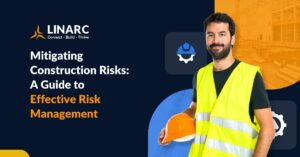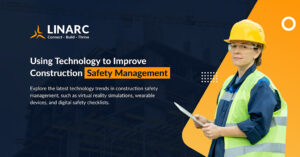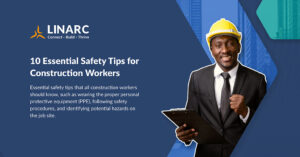Construction Safety Topic: Mental Health and Suicide
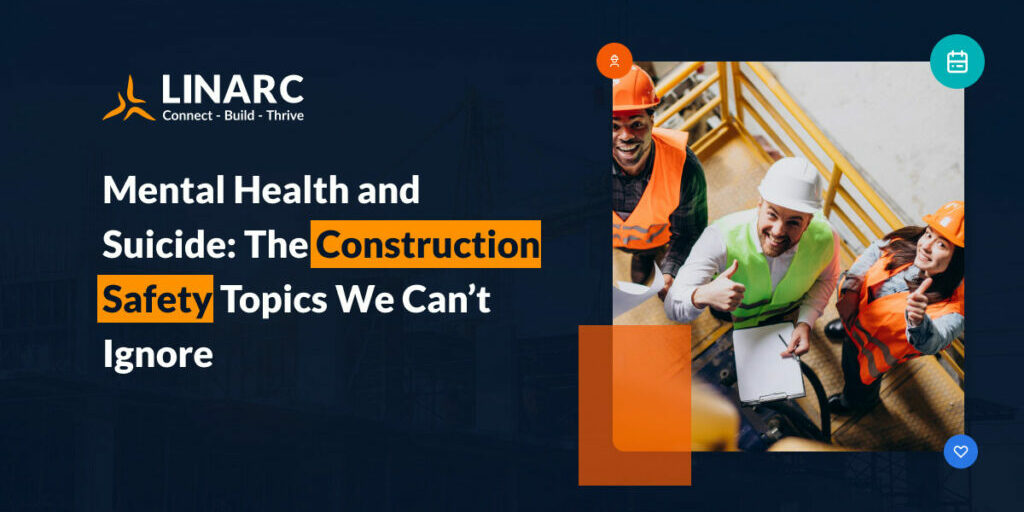
This article covers:
- Addressing Alarming Increase in Suicide Rates Among U.S. Workers, Particularly High Risk in Construction
- Construction Professionals: A population at risk
- Including mental health and suicide conversations in your construction safety program
- How to include mental health check-ins in your construction safety plan
- Using technology to include mental health in the conversation of construction safety topics
- Workplace wellness and construction safety are no accident
Addressing Alarming Increase in Suicide Rates Among U.S. Workers, Particularly High Risk in Construction
Content Warning: This post discusses suicidal feelings.
The content of this article may be upsetting to some people.
If you or someone you know is struggling, please speak up or use these free and confidential resources:
- Dial 988 for the Suicide & Crisis Lifeline
- Call the Suicide Prevention Lifeline or 1-800-273-TALK (8255)
- Text “HEAL” to 741741 for the Crisis Text Line
Continuing our series on construction safety, we turn our attention to an alarming fact: Suicide rates within the working population of the United States have increased by 40% in the last twenty years, and construction workers are among the highest at risk.
The CDC reports that of all industries and occupations, 20% of all suicides are by people working in the construction industry.
Many factors contribute to suicide, and the early warning signs are easy to miss. But being aware of the risks and openly discussing this complicated subject may be the first steps toward reversing this deadly trend.
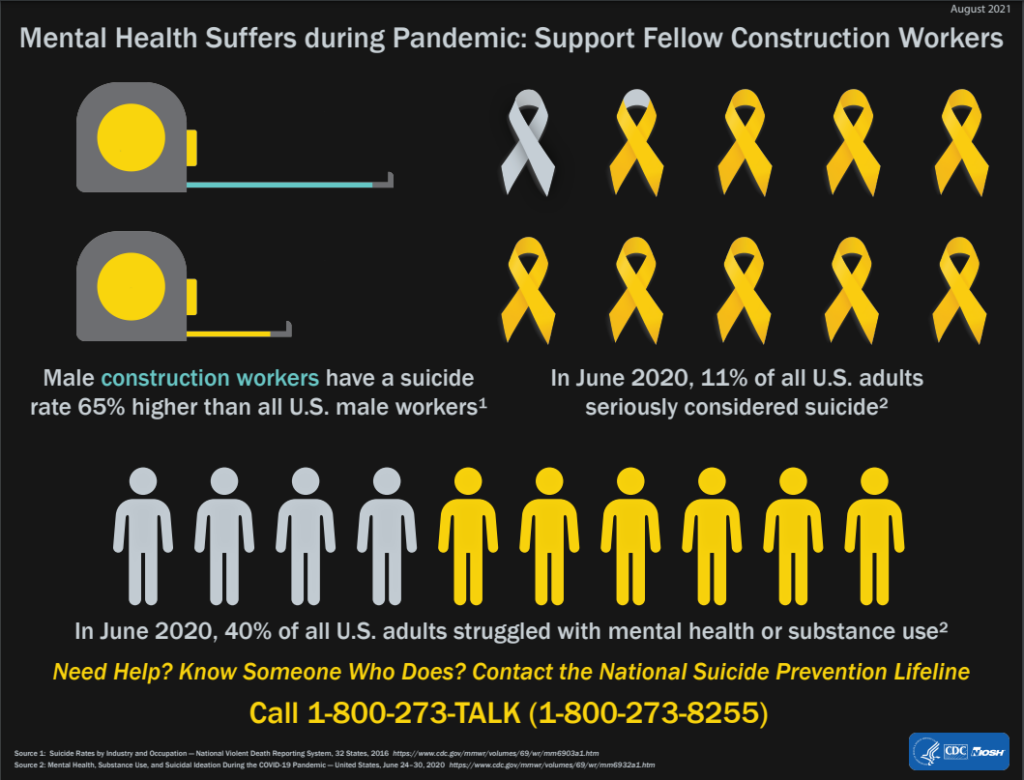
Construction Professionals: A population at risk
Suicide risk in the construction industry is high for many reasons, and there are construction safety topics that can no longer be ignored.
Dr. Sally Spencer-Thomas, who leads the Workplace Task Force for the National Action Alliance for Suicide Prevention, has called the construction industry the “perfect storm” of suicide risk factors.
1. Demographics
Middle-class white males are at the highest risk for suicide, and according to the U.S. Department of Labor Statistics, 58.7% of construction workers fit that demographic.
And although women only represent 10% of the population in construction work, their risk of suicide is also growing.
The CDC reports that women are more likely to attempt suicide but that men are more likely to succeed.
However, the CDC also warns that this pattern may shift because more women are choosing lethal means of suicide, which is a great cause for concern.
2. Social-economic factors
The socio-economic environment can also contribute to suicide, as do the mental and physical stressors related to working in the construction industry.
For example, tight deadlines, long hours, manual physical labor, frequent unemployment, and extended travel between job sites can create tension and stress within families. Additionally, 60% of all construction workers have little formal education or training, which limits their upward mobility.
For instance, the front-line workers of our industry, such as laborers, carpenters, plumbers, electricians, and HVAC technicians, typically have a high school diploma or less, which can limit their opportunities for advancement. This is yet another risk factor for suicide. And although the industry is making progress toward a more diverse and inclusive workforce, we can’t ignore that disparity still exists. Many minorities and underserved populations face discrimination and isolation in the industry and on construction sites, leading to emotional distress.
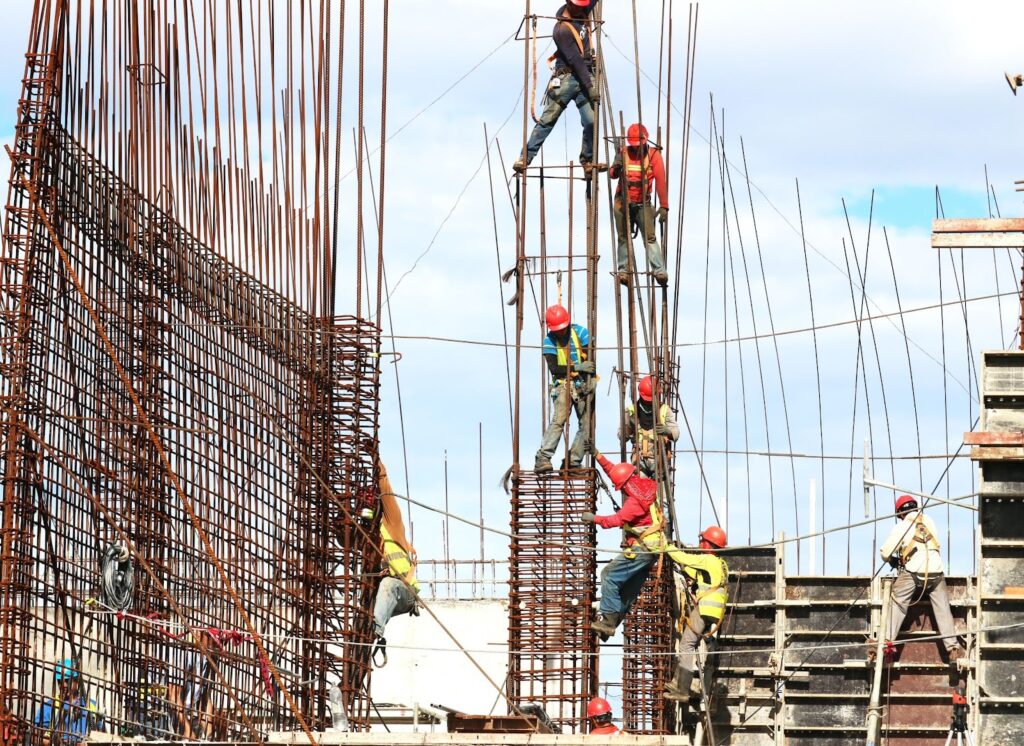
3. Cultural barriers
As a predominantly male occupation, the construction industry is well known for its macho, ‘get it done at all cost,’ and self-reliant attitudes.
Unfortunately, this hard exterior prevents people from discussing their struggles or asking for help when needed.
Many turn to opioids and alcohol to cope. But the added stress of these substances can cause sleep disruption, uncontrolled anger, depression, and distraction, all of which create more problems at home and put others at risk for injury on the job site.
Including mental health and suicide conversations in your construction safety program
How do we lift the stigma of mental health in the construction industry?
Maggie Mortali, the senior program director of the American Foundation for Suicide Prevention (AFSP), offers these tips.
1. Leadership builds a culture of care
Proactive leaders in the organization need to promote a culture that acknowledges the stress and strain of construction work and takes the following steps to improve those conditions:
- Limit extended work assignments away from home.
- Encourage and enforce regular safety breaks during stressful work duties.
- Educate employees on the dangers of substance abuse and provide ample resources for alternative care.
Additionally, leadership must promote the company’s mental healthcare options and employee assistance programs (EAPs) with the same enthusiasm as their medical healthcare benefits.
2. Encourage peer-to-peer conversations and support groups
Mortali also recommends encouraging peer-led discussions on mental health resources and how they help.
“When stories are integrated into the help-seeking process, people not only know where to go for help, but they’re also learning about their mental health, what suicide risk may look like, and how and why to get help,” Mortali explains.
This strategy may be challenging for an industry known for its macho attitudes, but the effort is worth exploring.
Health and safety managers could lead these discussions and normalize the conversations around regular safety check-ins and toolbox talks.
These conversations may be difficult, but the effort is worthwhile—even if we only help one person.
3. Recognize the signs
Every team member needs access to resources to recognize the signs of stress, depression, and substance abuse.
Maggie Mortali from the AFSP has tips for us here too.
Mortali says suicide warning signs fall into three main categories:
- Talk: People with suicidal thoughts often talk about ending their lives or share feelings of being overwhelmed, trapped, or as if they’re running out of options.
- Mood: People with suicidal thoughts often feel down, depressed, or angry. They may also seem agitated, short-tempered, or uncharacteristically irritable.
- Behavior: Increased seclusion, reliance on alcohol, drug use, and reckless behavior are early warning signs of potential suicidal ideation.
“Individually, these symptoms may not be a warning sign of imminent suicide. Still, a combination of these signals or significant changes in a co-worker’s behavior can cause concern,” Mortali states.
“Think about major changes in how a person is talking, behaving, and acting,” she says. “This serves as an opportunity to reach out and make yourself available to those that you may be concerned about.”
The National Action Alliance for Suicide Prevention has abundant resources for free download and distribution to help.
How to include mental health check-ins in your construction safety plan
Daily safety huddles and toolbox talks are a great way to introduce mental health topics to normalize the conversation and address any safety topics for construction workers.
The Construction Industry Alliance for Suicide Prevention has over a dozen free, brandable toolbox talks to help. These resources cover everything from mental health awareness, recognizing the signs when someone is struggling, initiating a conversation, and step-by-step instructions for how to use the Crisis Lifeline.
The resources are free and easy to access, and they take the guesswork out of addressing this sensitive issue in a comprehensive, caring, and professional manner.
Using technology to include mental health in the conversation of construction safety topics
Everyone on the job site has technology in their pocket or within reach.
We already use the software to communicate, schedule work assignments, document potential change events, and request information. In addition, many teams use technology for safety training, daily huddles, and toolbox talks.
Construction companies can leverage this technology to keep job site safety and mental health awareness on every team member’s mind.
Construction firms can demonstrate their support by including links to confidential resources such as the national 988 Suicide & Crisis Lifeline, the company’s mental healthcare resources, and employee assistance programs (EAPs) in their mobile apps, job site kiosks, and website homepage.
Workplace wellness and construction safety are no accident
Contact Linarc today for more construction safety resources.
We want to help you prioritize the conversation of construction safety topics in your organization for the benefit of your people, your construction business, and our industry.
Connect – build – thrive with Linarc construction management software.
If you or someone you know is struggling, please speak up or use these free and confidential resources:
- Dial 988 for the Suicide & Crisis Lifeline
- Call the Suicide Prevention Lifeline or 1-800-273-TALK (8255)
- Text “HEAL” to 741741 for the Crisis Text Line
- OSHA – Preventing Suicides in the Construction Industry
- Construction Industry Alliance for Suicide Prevention
- Substance Abuse and Mental Health Services Administration

